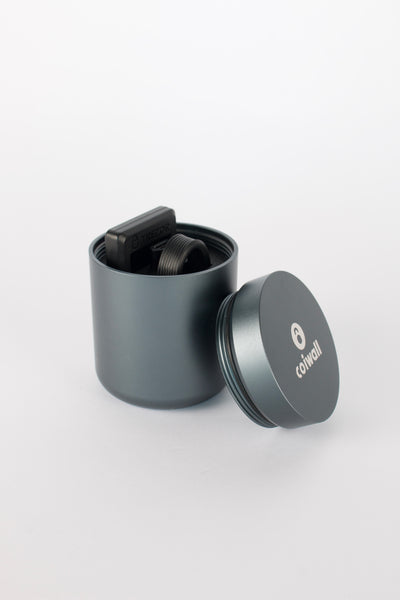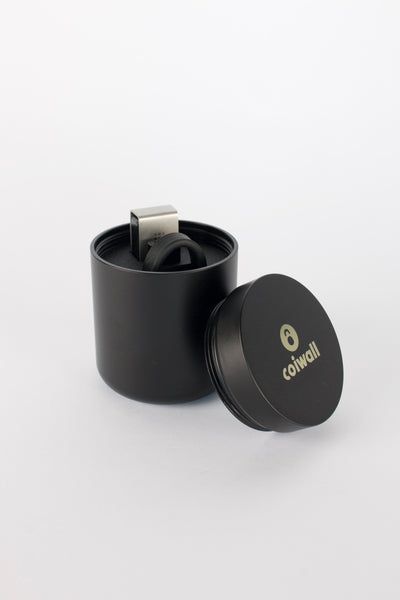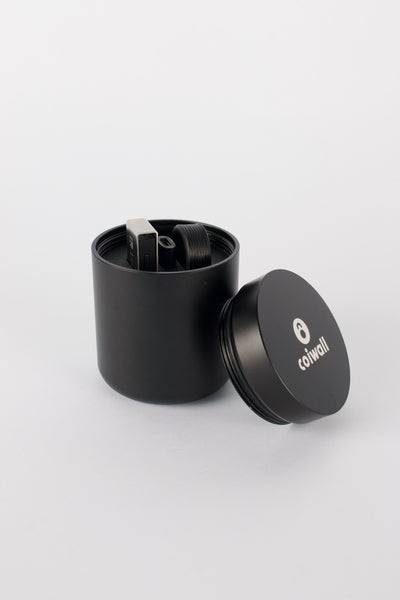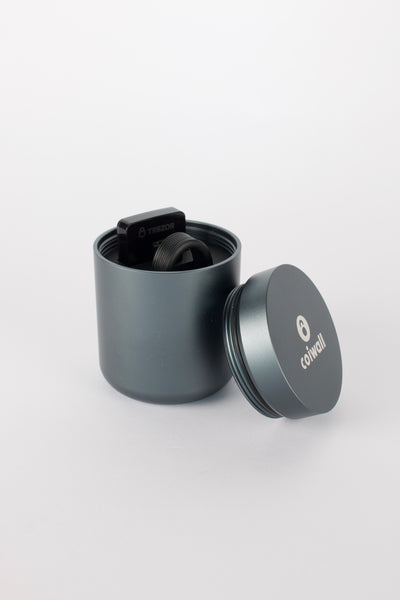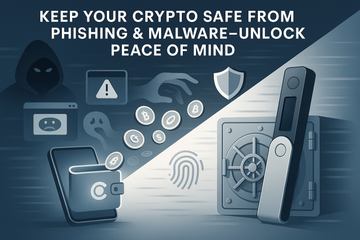Let’s get one thing out of the way: crypto is not for the faint of heart. Most of us remember that first heart-pounding moment—maybe it was your first Bitcoin buy, or a harrowing password reset—when you realized how much you stand to lose if your digital assets vanish into thin air. But here’s the kicker: it’s not always hackers lurking in anonymous forums that get you. Often, it’s right under your nose—thanks to malware and phishing attacks so smooth you barely notice until it’s too late. That’s where hardware wallets come in. Curious? You should be.
Phishing & Malware: The Digital Pickpockets
Picture this: you’re browsing, maybe hunting for an NFT drop, and—bam—a familiar-looking website pops up. Only it’s not quite right. This is exactly how many phishing attacks happen. These scams often copy the look and feel of real sites, tricking you into typing your seed phrase or credentials. Meanwhile, malware works in silence; it’s the digital equivalent of a pickpocket at a crowded street festival. These programs can capture keystrokes, manipulate clipboard data, or even redirect transactions if you’re using a software wallet only.
Here’s the thing: once malware gets its virtual hands on your private key or recovery phrase, there’s not much you can do. Poof, assets gone. Even the most seasoned crypto user has fallen for an elegant scam or a surreptitious browser extension. That sense of dread when you check your balance and see a gaping zero? Nobody wants that.
Hardware Wallets: Why All the Hype?
So, why all the buzz about hardware wallets like Trezor and Ledger? Well, let’s get slightly technical (but don’t worry, we’ll keep it casual): hardware wallets are physical devices designed to hold your cryptographic keys offline. That’s huge. It's like keeping your valuables in a safe deposit box rather than your sock drawer.
The magic lies in something called “cold storage.” When your private keys never touch an internet-connected device, malware and remote hackers have a much harder time reaching them. Trezor, Ledger, and honestly, a handful of other reputable brands, build their wallets with secure elements—think of them as miniature locked vaults on a chip—that never expose your private key, even while signing a transaction.
Never Trust, Always Verify
Phishing attacks rely on trust. They’re counting on you to believe that email’s legit or that site’s the real deal. But with a hardware wallet, even if you’re tricked into using a fake website, the device itself will ask you to review and confirm every transaction on its own screen. If the info looks funky—wrong recipient, weird amount—you simply don’t approve. Simple as that. It’s kind of like double-checking your coffee order with the barista before you pay, except the stakes are much, much higher.
- Hardware wallets require physical confirmation. That means you literally press a button to send crypto—no malware can fake your finger.
- Transaction details display on the wallet’s secure screen, not your (potentially compromised) computer or phone.
- Your private key never leaves the device. So even if your computer is riddled with malware, your key stays put.
Let’s make an analogy: If software wallets are like houses with fancy alarms but glass windows, hardware wallets are like bank vaults with a physical key—nobody’s getting in unless they’ve got your actual device and, ideally, your PIN or passphrase.
Malware’s Got Nothing on Physical Security
Let’s be a little honest—most hackers go after low-hanging fruit. Writing malware to steal private keys is tough, but exploiting bad habits? Way easier. That said, some attacks get clever. Clipboard hijackers, for example, will silently swap crypto addresses. Type in your buddy’s Ethereum address, and by the time you hit “send,” it’s pointing to the hacker’s wallet instead. Spooky stuff.
But here’s the beauty of hardware wallets: since every withdrawal needs your direct approval on the device screens (and these screens are hardware-isolated), malware messing with your computer can’t trick you into approving a different transaction. The correct address appears on your device, not just on your monitor. If it’s not what you expect, you catch it—before it’s too late.
Phishing’s Worst Enemy: Out-of-Band Confirmation
Out-of-band confirmation is a fancy way to say, “Double-check on a secure device.” Hardware wallets like Ledger and Trezor make you confirm details away from your computer. So even if you land on the world’s best phishing site, it can’t execute a transfer unless the device itself gives it a green light. That’s like having a little security guard living inside your wallet, thumbing their nose at hackers.
And yes, even the biggest exchanges now strongly encourage hardware wallet use. Not just because it’s good advice—because it genuinely lowers the success rate of phishing scams and automated malware.
But Wait—What About the Downsides?
Let’s not sugarcoat it. There’s a tiny learning curve. Setting up a hardware wallet isn’t as breezy as downloading an app. You’ll need to write down a recovery phrase, stash it somewhere super safe (please, not in your email drafts), and remember another PIN or password. And, call it a human flaw, but sometimes we get impatient. Some folks keep skipping confirmations or, worse, store their seed on their desktop out of laziness. That sort of defeats the purpose.
Still, the minimal inconvenience is a small price to pay for safety in a space where, quite frankly, mistakes can cost you real money. Anyone who’s seen the headlines about lost millions, or even just scrolled through crypto Twitter on a Monday morning, knows how real this threat is.
Let’s Talk Peace of Mind (Because It Matters)
Here’s an underrated perk: using a hardware wallet gives you a sense of security you can actually feel. That’s something you won’t see in most product specs, but it’s real. You get to sleep at night knowing your livelihood isn’t dangling in the digital wind. For a lot of us, that makes all the difference in a world awash with anxiety and second-guessing.
Plus, you join a global club of DIY security gurus. Look around: from casual Ethereum fans to Bitcoin maximalists, those little devices have become a sort of badge of honor. (And, if you’re honest, showing off your Trezor or Ledger at a meetup is a legit flex.)
Final Thoughts: King of the Castle?
So, are hardware wallets some magical silver bullet? Not exactly. Nothing’s perfect, and human error can outwit even the best tech (did we mention don’t lose your recovery phrase?). Still, compared to the wild risks of malware and phishing, they remain the safest bet. It’s an extra layer—or several layers—between you and a world of digital thieves.
So next time someone asks, “Are hardware wallets worth the hype?”, you can grin and say, “Only if you like keeping your crypto where it belongs—safe.” After all, in crypto, a little paranoia isn’t just healthy. It’s essential.

